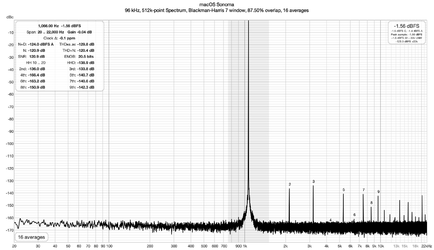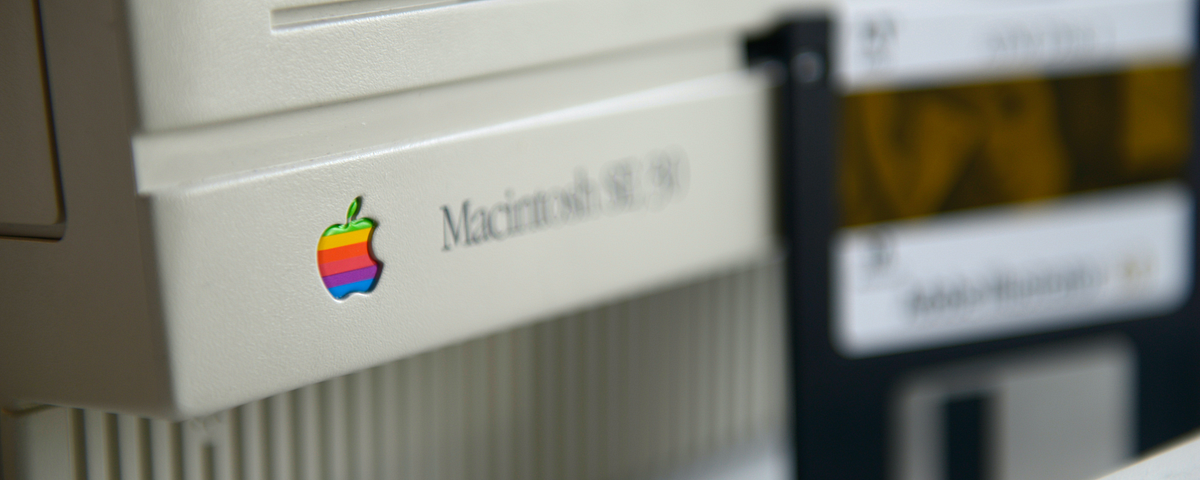This may have been discussed previously, but I was unable to find it in a search. (If I missed it, I'm fine with somebody calling me out here.)
I use an Intel iMac for REW and other engineering tasks. Normally, I use Windows 10 running in Boot Camp for this.
Today I compared some simple test results using REW in both macOS Sonoma and Windows 10. Same hardware - the cables weren't even touched between tests. I used the same settings for REW throughout, at least where applicable. In Windows 10, I used Java EXCL WASAPI drivers for both the DAC (Topping E50) and ADC (Cosmos ADC).
As these show, the results are pretty similar. There's some extra low level spurs with Win10. But, the big difference is the 2nd harmonic measurement.
As a sanity check - which I always need - I also ran the same test using Multitone Analyzer. Very similar results to REW in Win10, maybe without some of the low level spurs.
Why could this be?
Now, this is really not a big deal. Kind of one of these annoying details that's kind of curious.
Is the macOS version of REW running in Exclusive Access mode for the devices? Could one of these operating systems be resampling somewhere?
Thanks!
I use an Intel iMac for REW and other engineering tasks. Normally, I use Windows 10 running in Boot Camp for this.
Today I compared some simple test results using REW in both macOS Sonoma and Windows 10. Same hardware - the cables weren't even touched between tests. I used the same settings for REW throughout, at least where applicable. In Windows 10, I used Java EXCL WASAPI drivers for both the DAC (Topping E50) and ADC (Cosmos ADC).
As these show, the results are pretty similar. There's some extra low level spurs with Win10. But, the big difference is the 2nd harmonic measurement.
As a sanity check - which I always need - I also ran the same test using Multitone Analyzer. Very similar results to REW in Win10, maybe without some of the low level spurs.
Why could this be?
Now, this is really not a big deal. Kind of one of these annoying details that's kind of curious.
Is the macOS version of REW running in Exclusive Access mode for the devices? Could one of these operating systems be resampling somewhere?
Thanks!


















